You’ve probably seen one or two “life hack” videos promising you can patch up cracked teacups with milk or repair a broken sink with ramen noodles.
They’re fun to watch — but do any of those hacks really work the way they’re supposed to? And are you really going to take the risk and find out?
Thankfully, plenty of legit news sites and home improvement blogs are out there documenting genuine tips for cleaning and maintaining your home with random stuff you’ve got lying around the house.
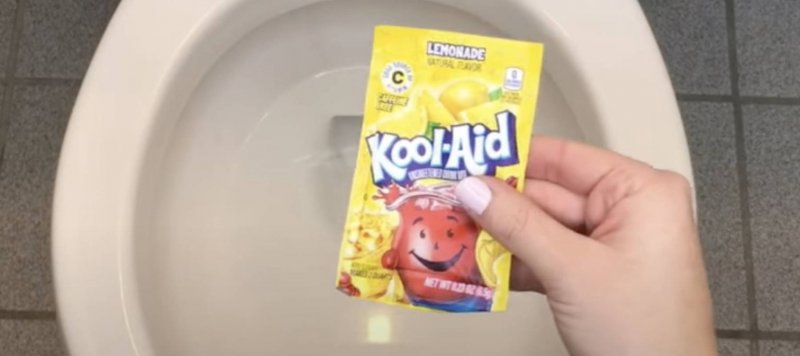
Here are 20 weird home care hacks that actually work.
1. Fill in nail holes with crayon
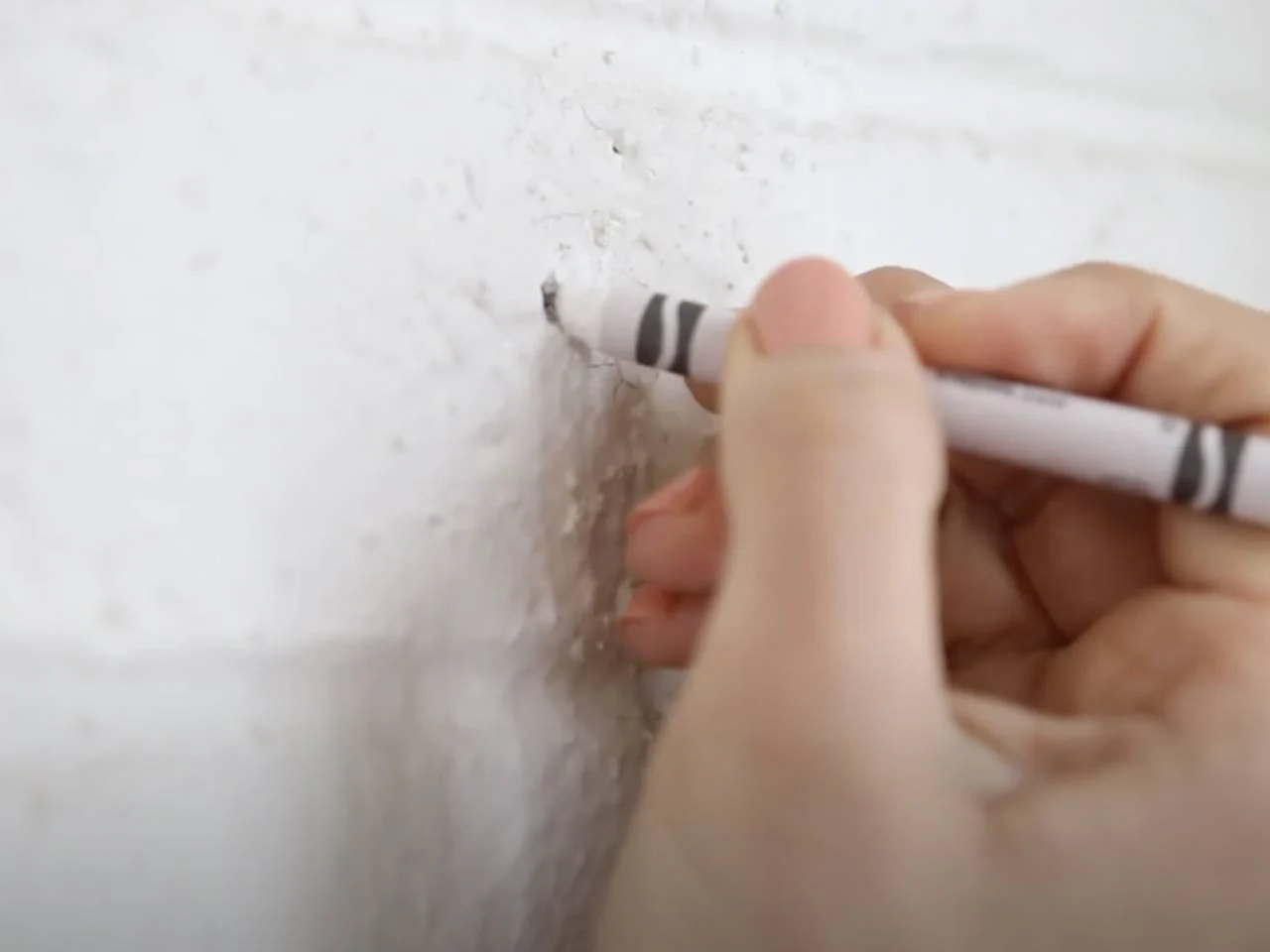
Today / YouTube
Moved some pictures around recently? Now's your chance to draw on the walls like a kid. Pull out a few Crayolas and remember to color within the lines — or the holes, rather.
Today recommends grabbing a crayon that mostly matches the color of your walls to fill tiny nail holes with wax. For larger holes, do the same thing, but melt the tip a bit with a lighter to help soften the wax.
Then, smooth out the surface with your fingers or hold a blow dryer about five or six inches away from the wall. (Be careful not to melt all your hard work away.)
The site of home improvement host Bob Vila — known for shows like This Old House — suggests you can also fill holes in white walls with white toothpaste or a bar of white soap.
2. Wipe down windows with coffee filters
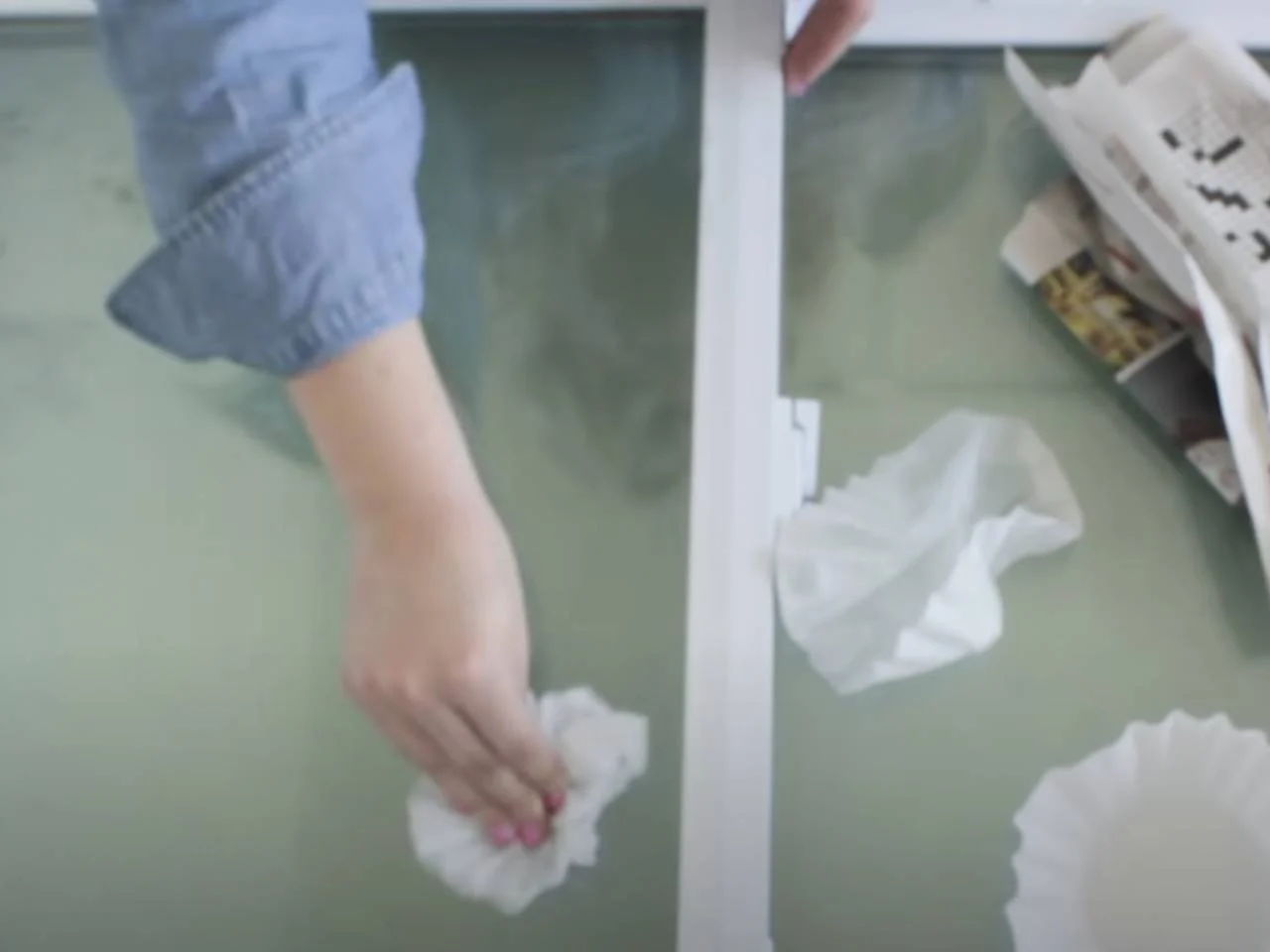
Sears Home Services / YouTube
Start your day with a ray of sunshine and some caffeine in your system.
Bob Vila says this kitchen staple is cheap, tear-resistant and lint-free — ideal for window cleaning. Just spritz some glass cleaner on your windows, as you’d normally do, and then wipe them down with some coffee filters.
Large filters will be easier to work with, and you might want to use more than one to help with absorption. You could also consider cleaning your windows with a cloth or towel first and then getting rid of any lint or residue with your coffee filters.
3. Refresh your mattress with vodka
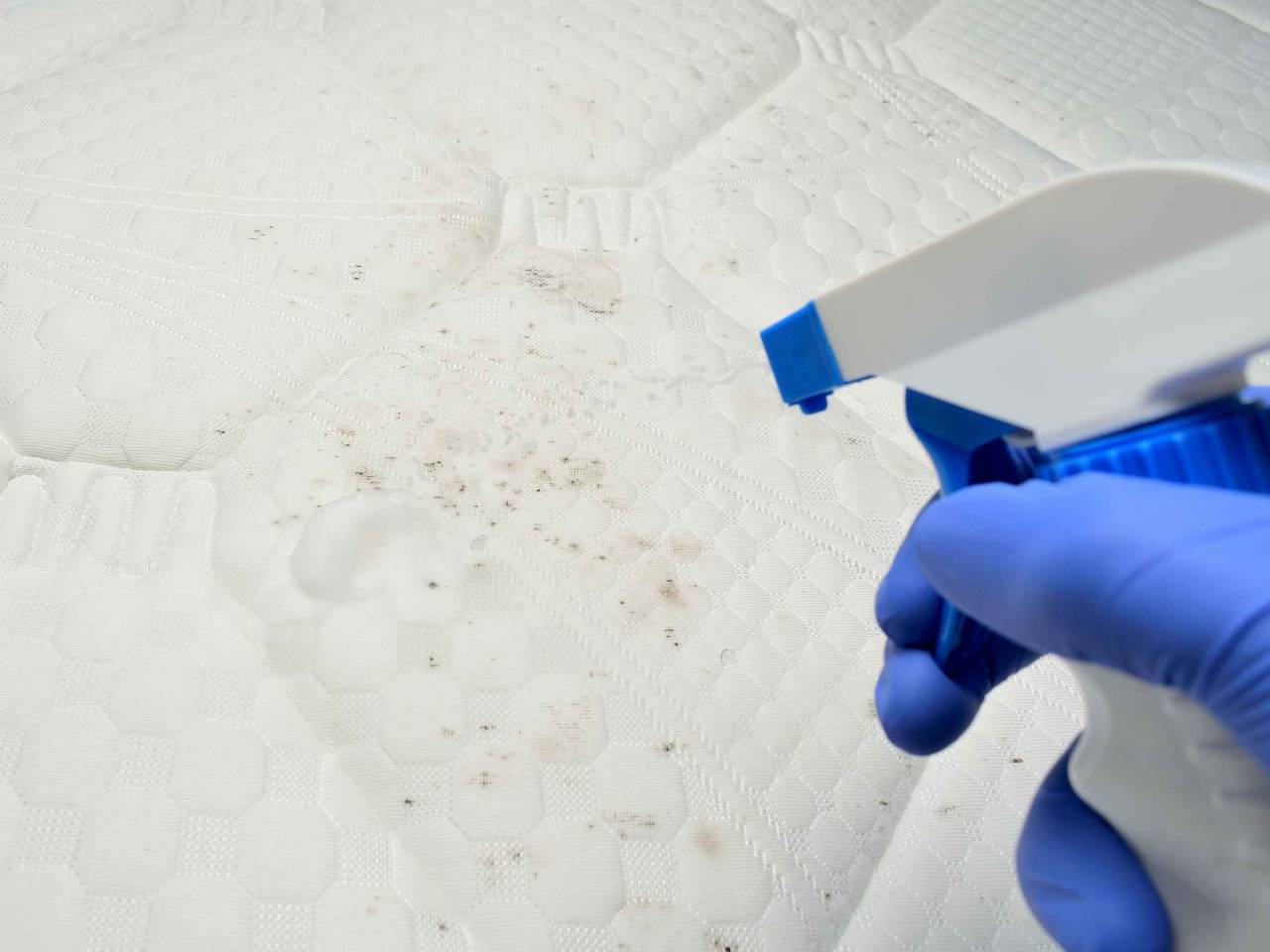
Oleksii Bilyk / Shutterstock
If you’re stuck inside on a Saturday night, don’t despair: Repurpose your leftover liquor as a cleaning spray. Alcohol is a powerful disinfectant and kills odor-causing bacteria.
So if your mattress is starting to smell a bit musty, Today recommends vodka. The spirit has a powerful alcohol content and a minimal scent of its own.
Fill up a spray bottle and give your mattress a gentle spritz twice a year. Air out your mattress and let it dry completely before putting your sheets over it again.
You can also freshen up smelly shoes, dank closets and other unpleasant nooks and crannies in your home with this technique.
4. Wash dishes with used tea bags
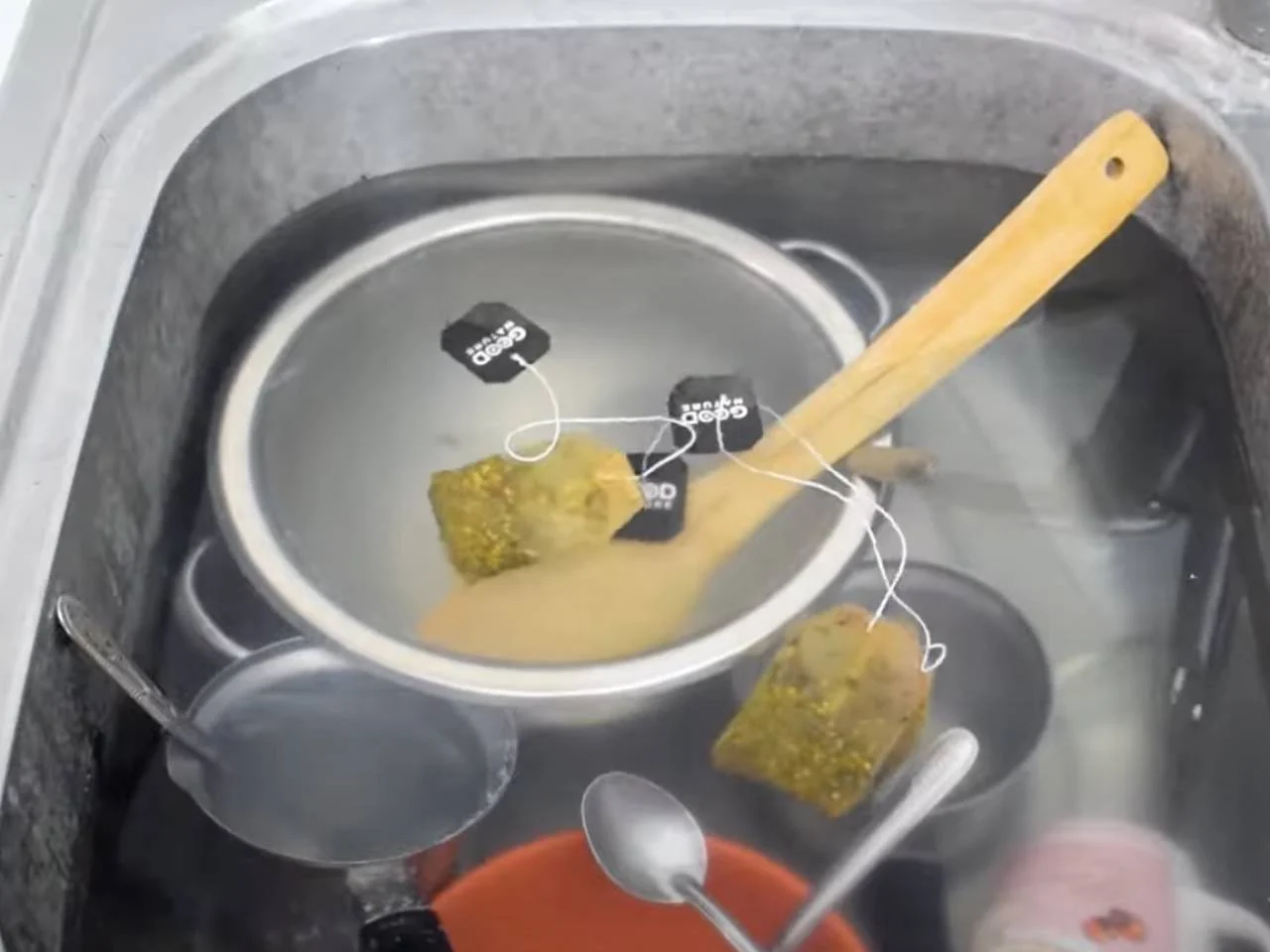
Brainy Crafts / YouTube
Before you toss your soggy tea bag in the trash, consider using it to get rid of tough stains on your dishes.
Tea contains tannins, bitter compounds that help break down grease, says Bob Vila. Soak your dirty dishes in hot water and plenty of tea bags overnight and watch the magic happen.
Food magazine Kitchn suggests taking an old tea bag, steeping it in hot water for a while and then using it to scrub a dish directly — but not too hard, or your tea bag will tear.
5. Remove a stripped screw with a rubber band
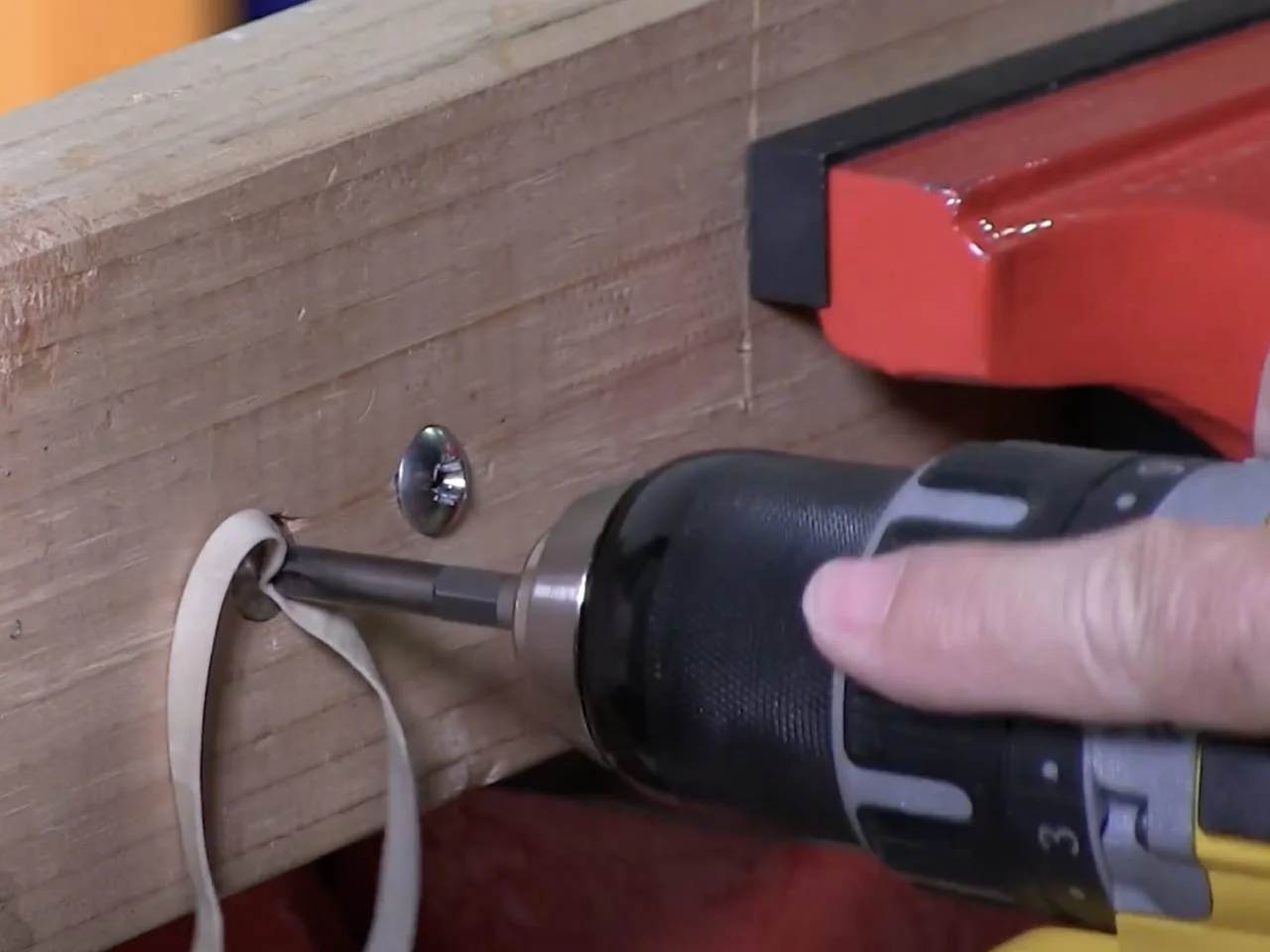
Albany County Fasteners / YouTube
A stripped screw — that is, a screw with a damaged, bored-out head — can be almost impossible to extract with just a screwdriver or drill. However, if you have any spare rubber bands lying around, CNET has an easy fix.
Place the rubber band over the screw head and push your drill or screwdriver into it, then go about removing the screw as you normally would. The non-slip rubber helps fill the gaps in the screw head so your tool can get a solid grip.
Just keep in mind that thin rubber bands won’t work; you’ll need one that’s wider than your screw so it can get a good hold.
6. Remove a broken bulb with a potato
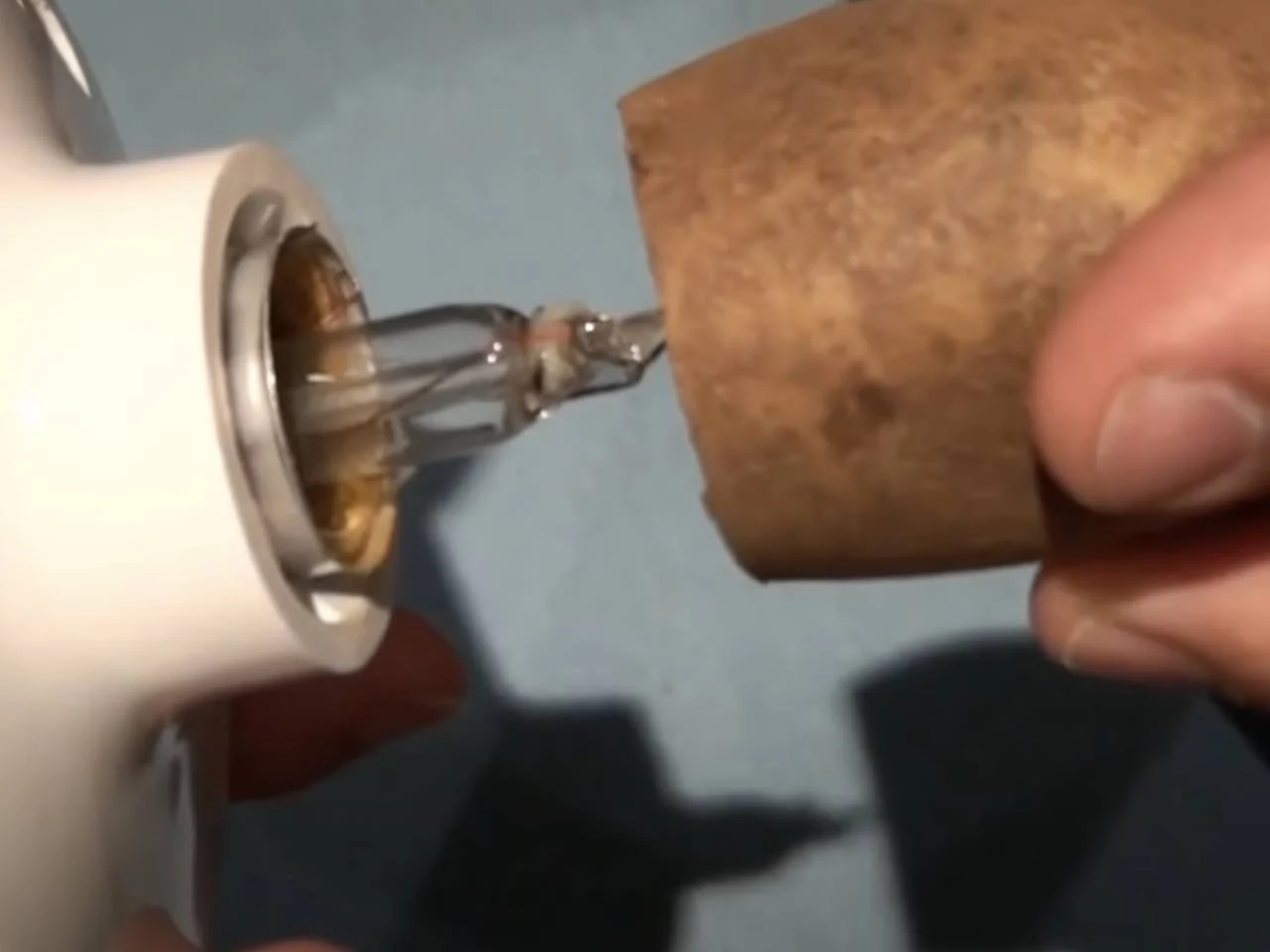
fixitsamo / YouTube
The humble potato is known for its versatility — boil ’em, mash ’em, stick ’em in a stew — and it has its uses even in raw form.
CNET says “one of the oldest tricks in the book” for safely removing broken light bulbs involves a spud, a pair of safety goggles, gloves and pliers.
First, make sure the light’s switched off and extract any remaining glass with your pliers. Then slice the potato in half, firmly press a half against the socket and twist counter-clockwise to get the bulb out.
Dispose of both the broken bulb and the potato half you used afterward. The other half is fair game for some sour cream and chives.
7. Sprinkle baby powder between squeaky floor boards
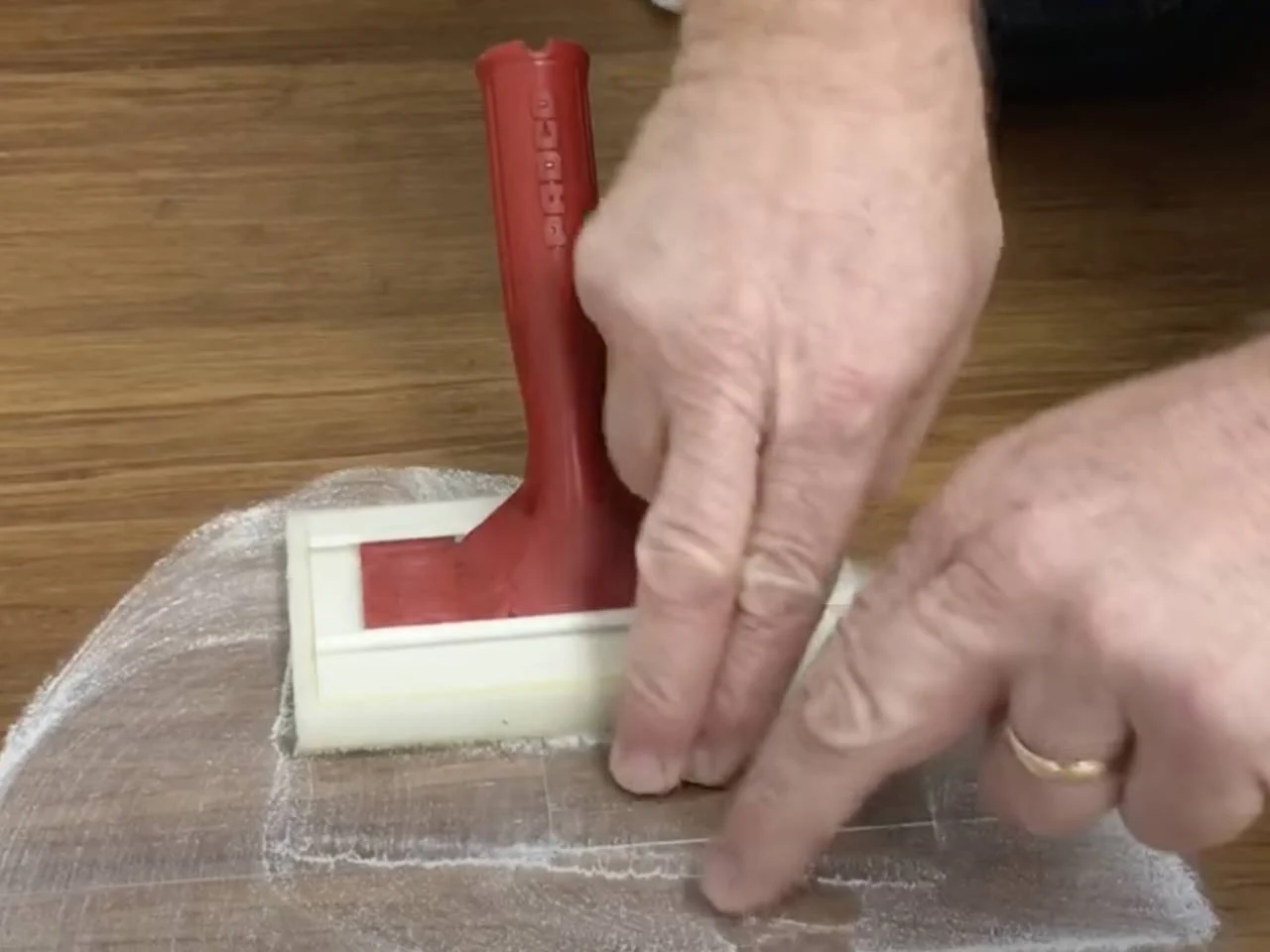
The Master's Craft / YouTube
Light sleepers know this feeling well. You’re just about to drift off to sleep when you’re startled awake by the sound of a family member trying to sneak (or squeak) into the kitchen for a midnight snack.
Before you head off to sleep tonight, consider this cheap solution to silence your noisy floorboards.
HGTV and other sites suggest sprinkling baby powder, baking soda or powdered graphite over your floorboards and sweeping it into the seams. The powder helps lubricate the boards so they don’t rub against one another.
That’s not the only cause of squeaks, so if the noise persists, you might need to call in a pro or add wooden shims beneath the floorboards to provide more support.
8. Use a hot iron to fix dents in wood
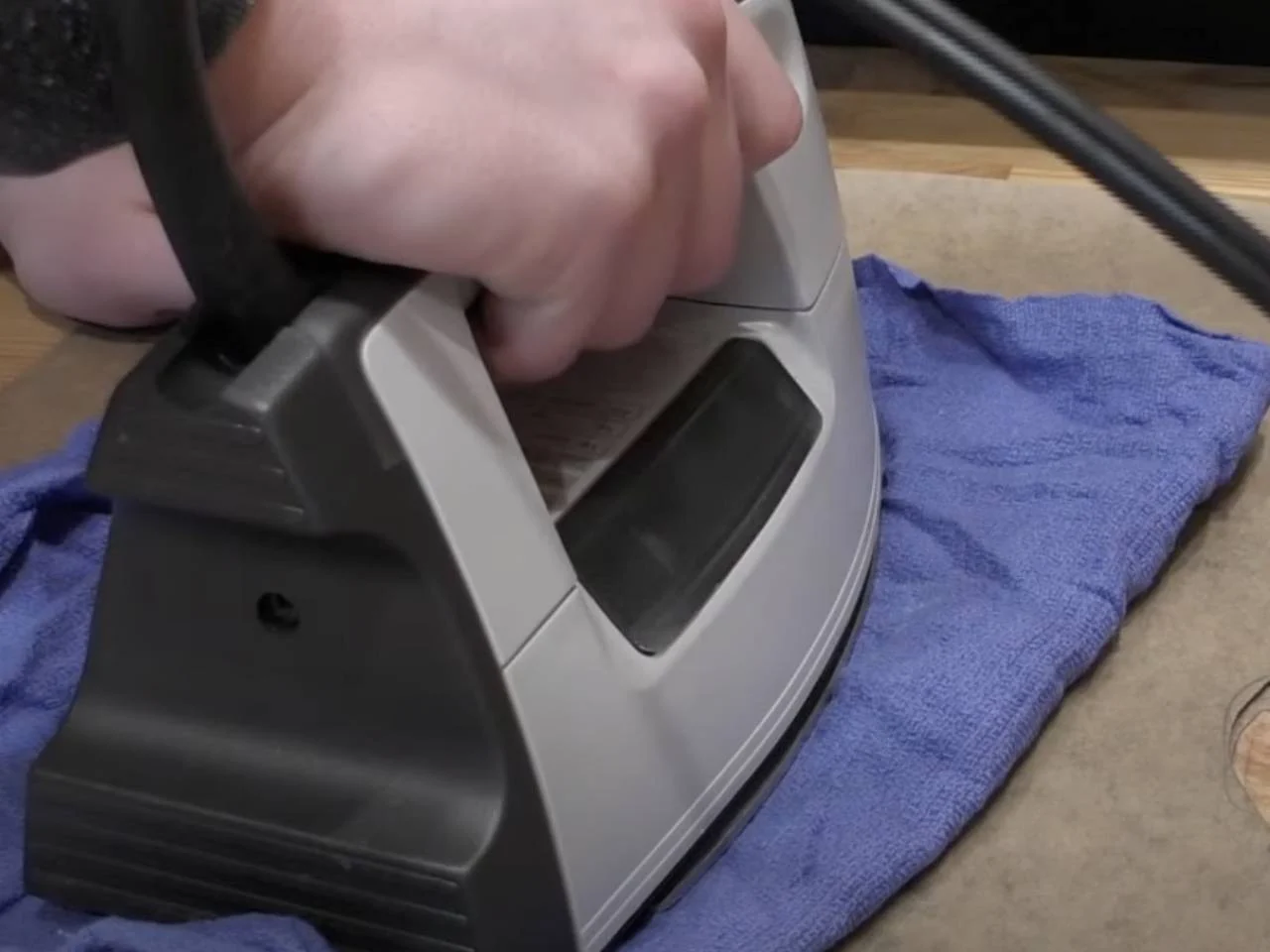
Robert Birdsell / YouTube
A traditional iron is good for smoothing out creases in clothes and, apparently, dents in wood as well.
DIY magazine Family Handyman says to place a damp (not dripping wet) washcloth over the affected area and press a hot iron, at its highest setting, over the cloth.
Run the iron in small circles, like you would with a dress shirt, until the cloth is dry. Repeat this process until the wood has completely smoothed over.
This magic trick is pure science: When wood soaks up water or heat, the fibers swell and expand, so exposing the dent to hot water vapor should cause it to gradually rise back into place.
9. Rinse bottles and vases with raw rice
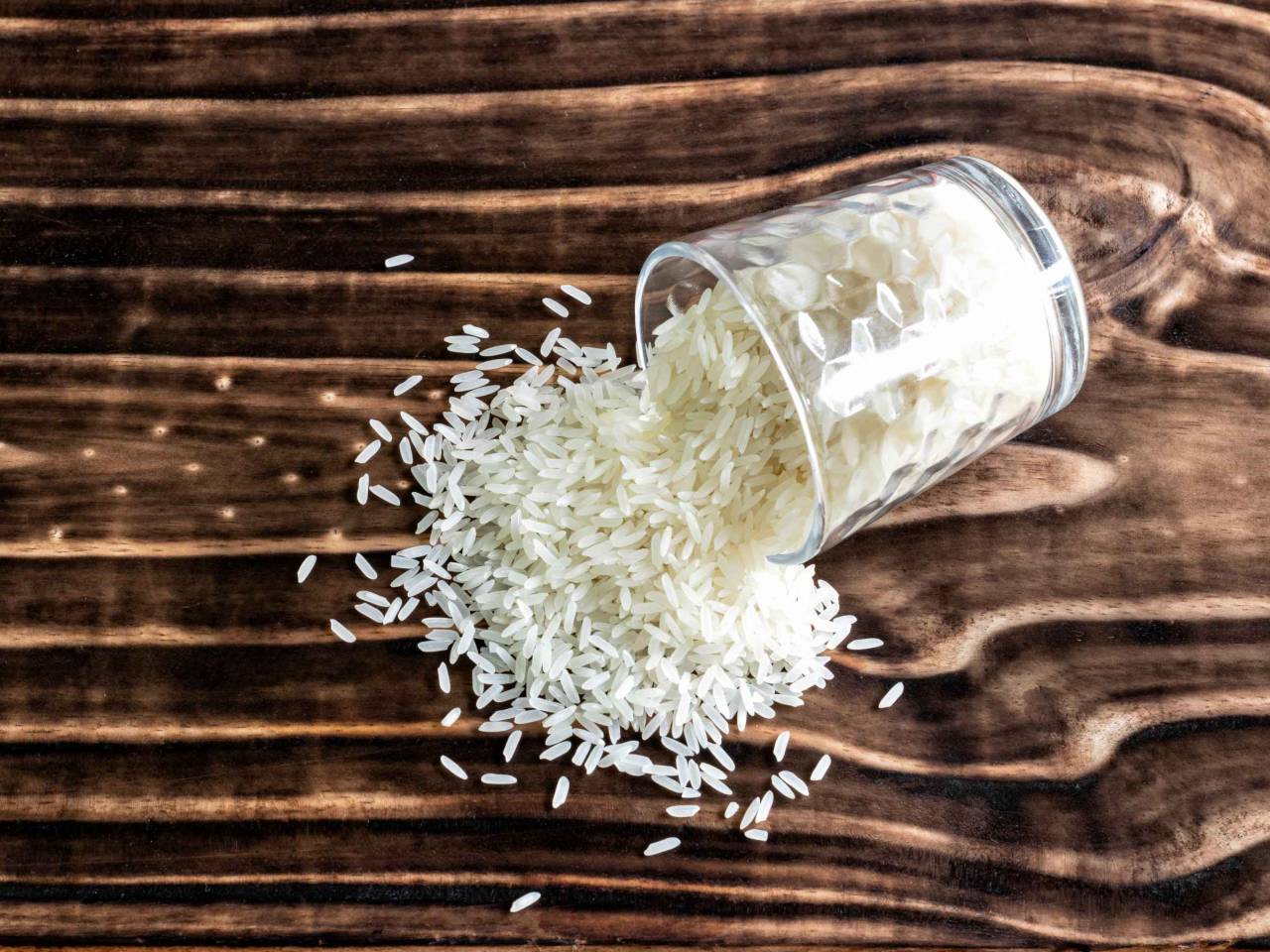
cesarvr / Shutterstock
Sometimes, a thorough rinse isn’t enough, especially for weirdly shaped bottles and vases. You’re bound to miss a spot here and there.
Raw rice grains are great for breaking up stubborn grit, according to Bob Vila. Just fill up your flagon with a handful of rice, some water and dish soap or detergent. Then give it a good, hard shake.
Kitchn says some bartenders use this trick to get rid of sticky residues from all the cocktail mixing in their tall, narrow-necked bottles — albeit with soda water instead of water and soap.
10. Clean your iron with salt
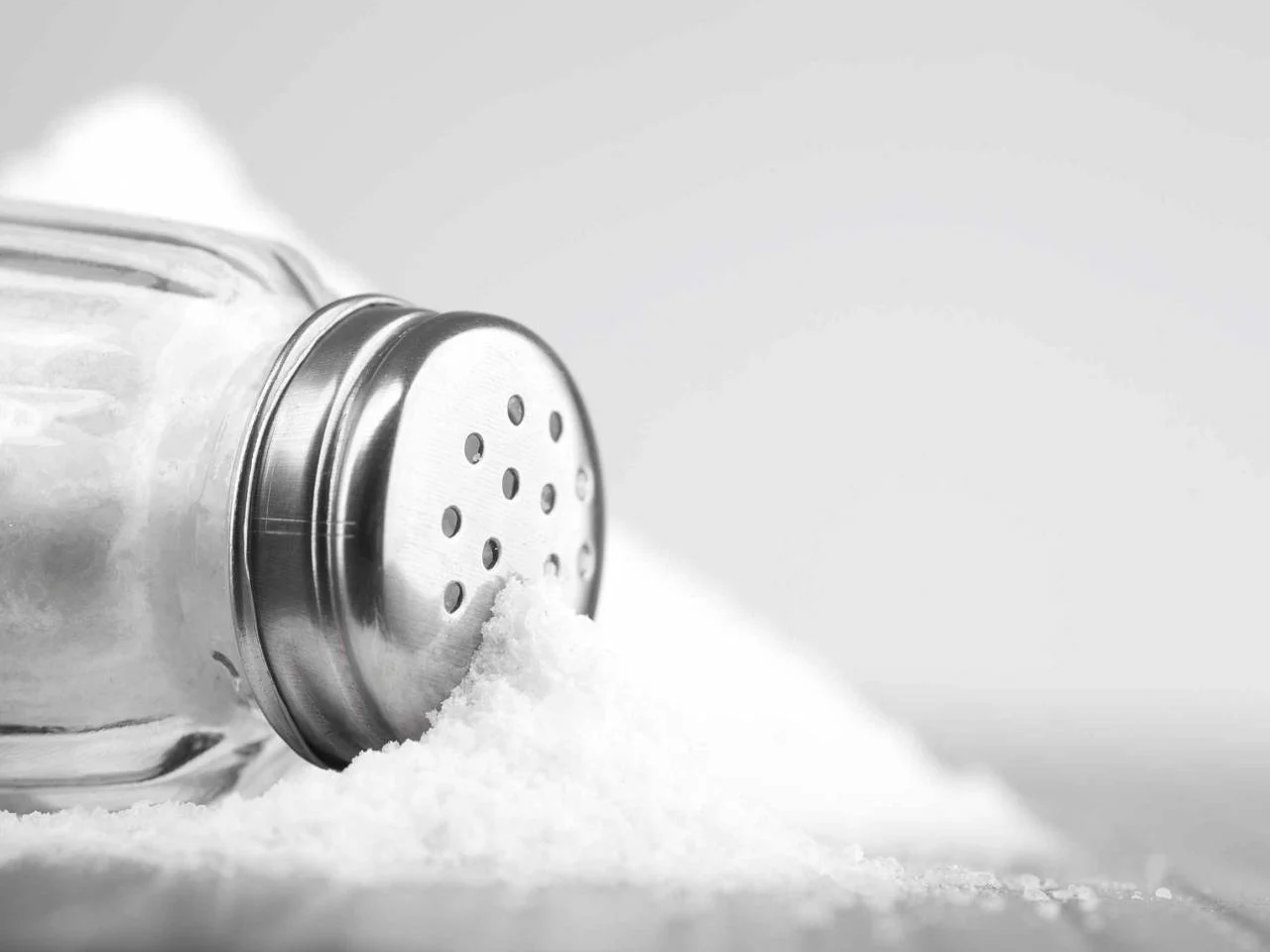
Miro Novak / Shutterstock
If you’ve got melted plastic or other gunk building up on the bottom of your iron, just pop into your kitchen and grab a dash of seasoning. No, really.
Sprinkle some table salt over a sheet of paper and then run a warm iron over it a few times. Once the iron’s cooled down — make sure it’s unplugged first — wipe it down with a soft cloth.
Salt is actually pretty coarse on a microscopic level. The mineral will scour any residue on your soleplate but is less likely to leave scratches than something like steel wool. You can also use a pinch of salt to clean cast iron skillets.
11. Get water stains out of wood with mayo
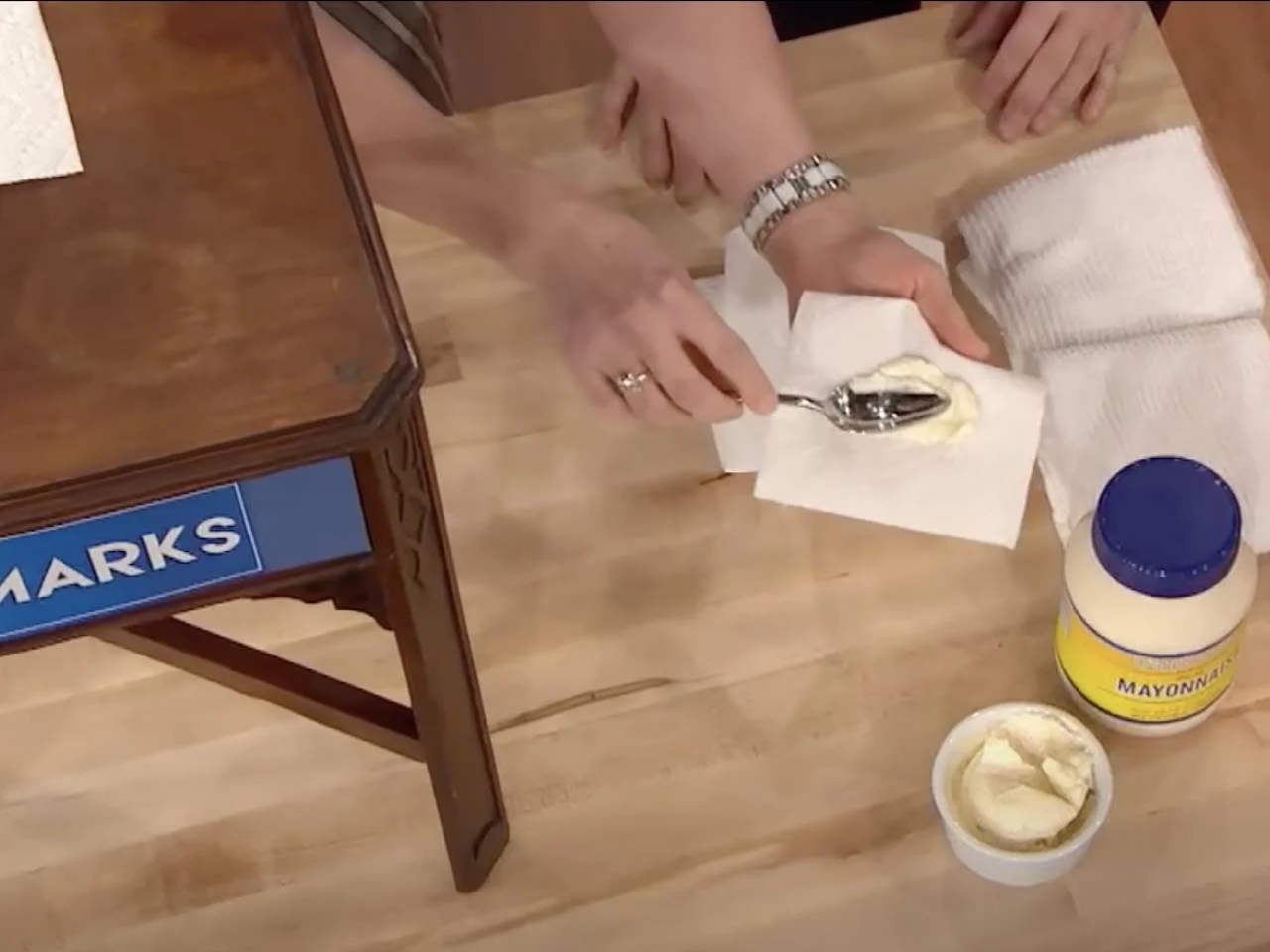
The Meredith Vieira Show / YouTube
If you’ve ever committed the cardinal sin of leaving a cup of tea on wood furniture without a coaster, you’ll know what we’re talking about. But those cloudy pale rings don’t have to haunt you forever.
The oils in mayonnaise can actually help dislodge moisture in the wood’s finish, according to Bob Vila. Scoop out a bit of the condiment onto a cloth and then apply it to the affected area.
Leave it for a few hours or overnight and add more if necessary (like if your first coat dries up), then wipe with a clean cloth. Petroleum jelly works, too.
This hack should work as long as the water stain hasn’t been there for too long. If it’s been several weeks or months, try plain white toothpaste (not gel) instead.
12. Clean toilet bowls with cola
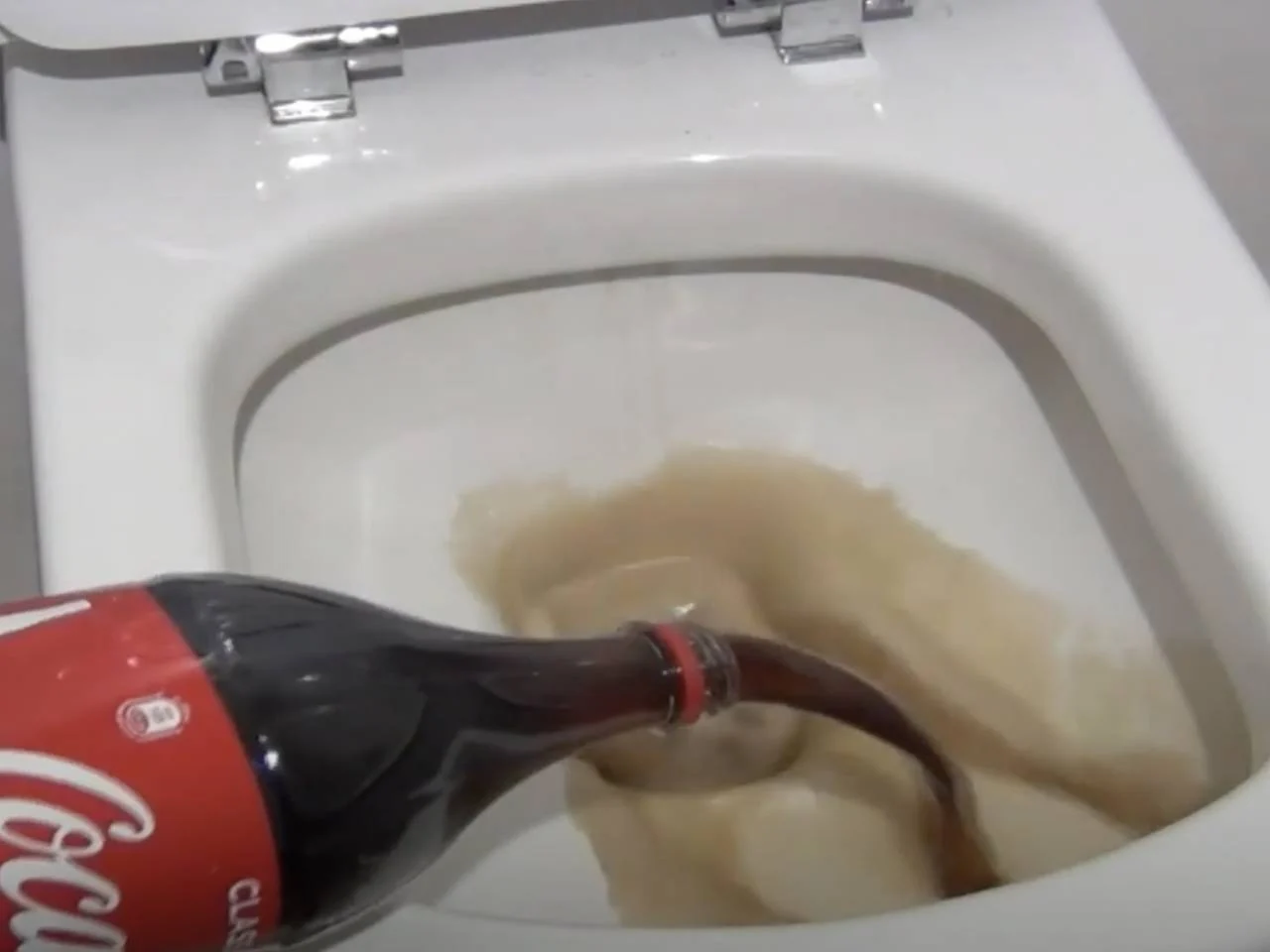
DoUKnow/ YouTube
Run out of toilet bowl cleaner? No problem. Empty a can of cola in there instead.
Most soft drinks contain either phosphoric acid or citric acid, which give them stain-busting properties similar to lemon juice or vinegar.
You can either pour cola directly onto toilet stains or spray the inside of the bowl and let sit for a couple hours to get rid of gross stains, CNET says. Just use a toilet brush to scrub at it before you flush.
Keep in mind that cola is not a disinfectant, just a good stain remover. A thorough cleaning would require some disinfectant solution as well.
13. Banish burn stains with dryer sheets
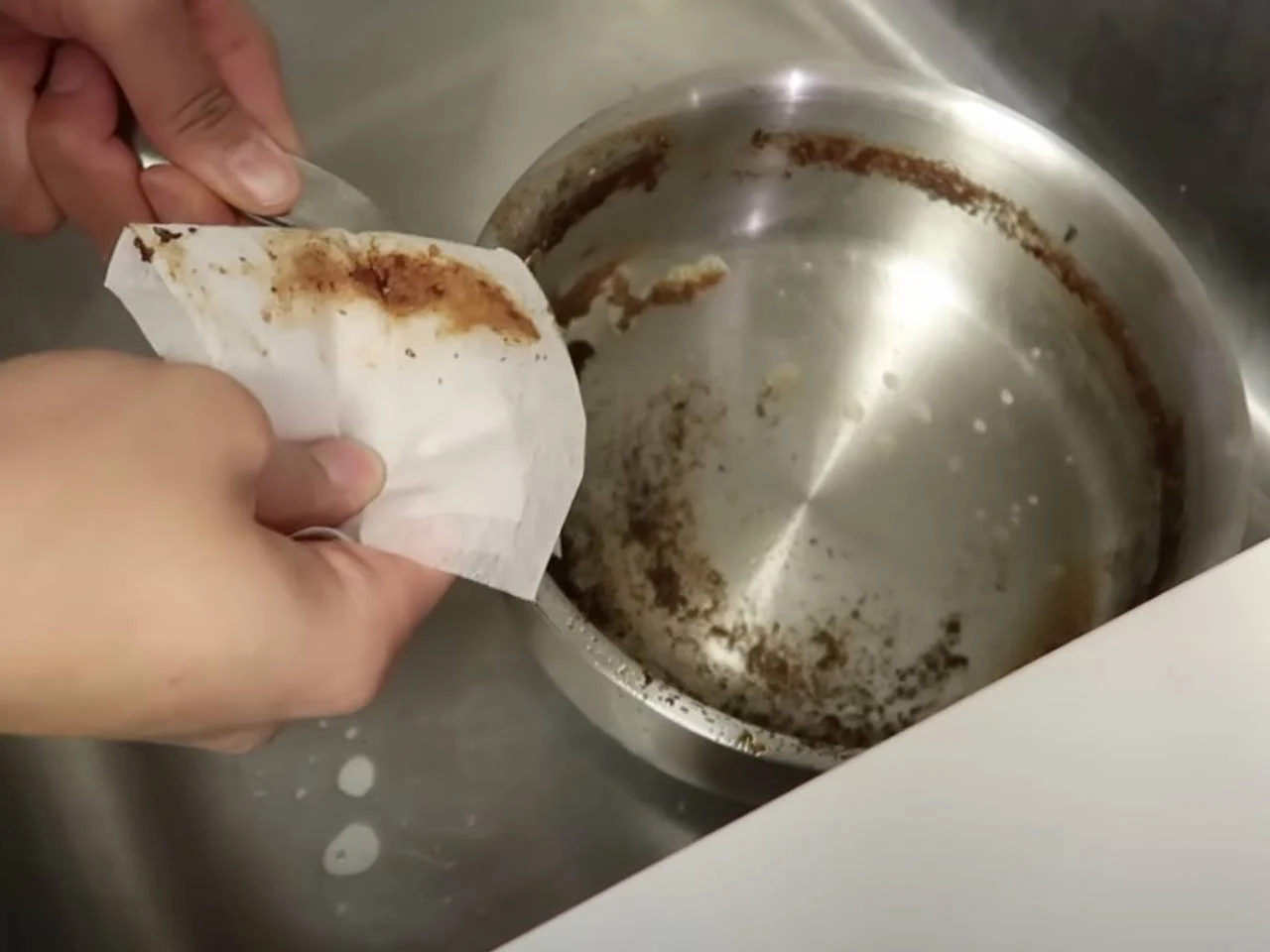
Kayla Lashae / YouTube
Left your lasagna too long in the oven? Not only will you have to replace your meal, but you’ll also be left with a stubborn scorched dish to clean.
When soap and water don’t do the trick, Kitchn recommends dryer sheets — you know, the fragrant, papery things you stick in with the wet laundry. Soak your pots and pans with the regular hot water and dish soap and push a dryer sheet down to the bottom of each vessel.
Let it rest for about an hour, and then wash away the stains with minimal elbow grease.
Donna Smallin Kuper, author of Cleaning Plain & Simple, told TODAY that the fabric-conditioning properties of the dryer sheet might be what makes it so effective as a cleaning agent. Just remember that, since dryer sheets aren’t tested for food safety, you’ll want to give your pot a thorough second wash before cooking up your next meal.
14. Scour away Sharpie stains with toothpaste
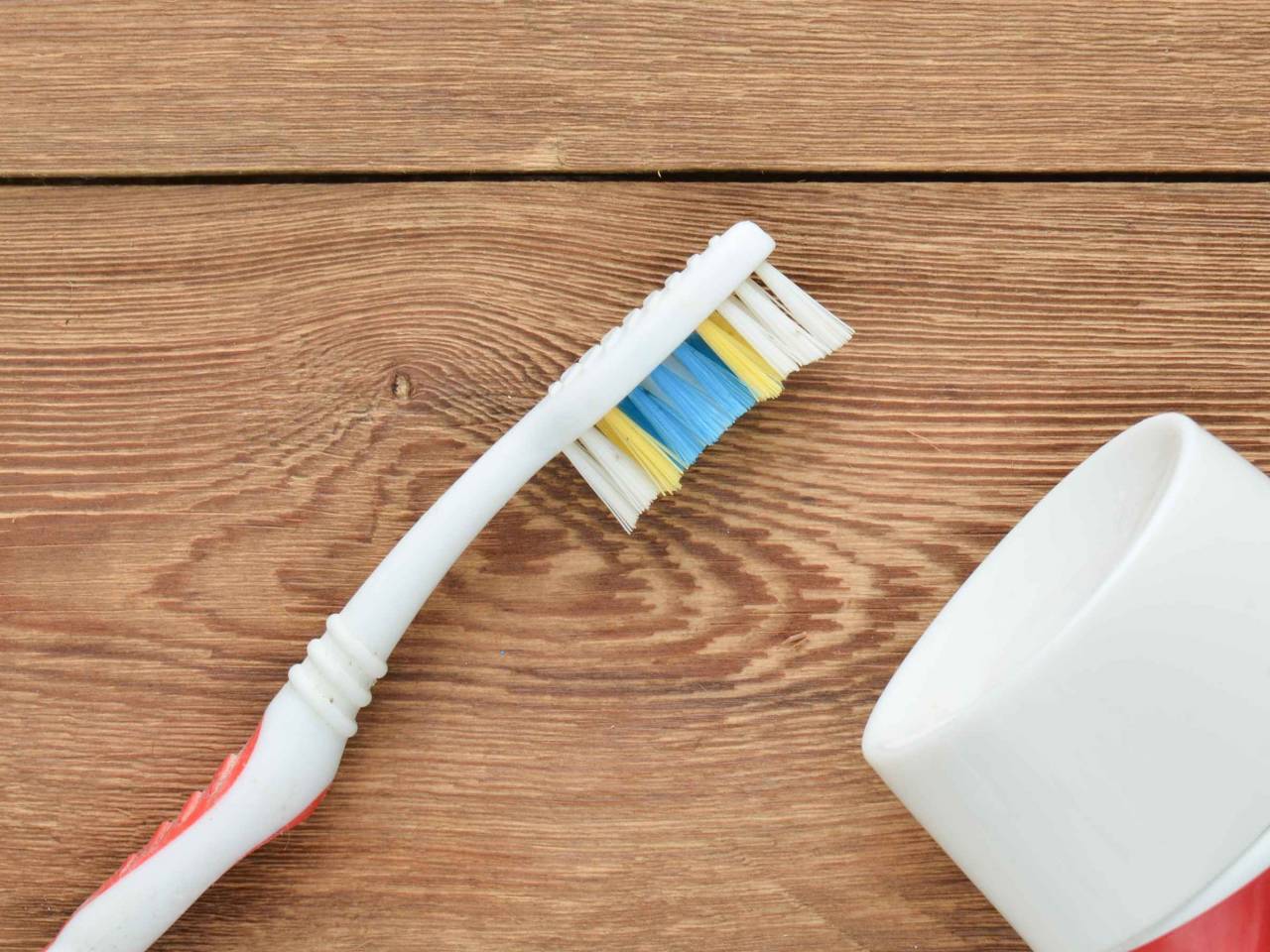
Vladimir Sukhachev / Shutterstock
In case you don’t have your trusty Magic Eraser on hand, a whitening toothpaste can do a decent impression when your toddler escapes with a Sharpie.
Today suggests using baking soda toothpaste to get rid of permanent marker stains on wood furniture. (You can also add baking soda to regular toothpaste yourself; just avoid the gel kind.)
Apply the toothpaste to a dry cotton makeup remover pad and rub lightly along the grain of the wood. The baking soda will act as a gentle abrasive to lift the stain.
You may need to repeat the process a couple of times to get the stain to disappear. You can also just try a mix of baking soda and water if the toothpaste method doesn’t work.
15. Test for toilet leaks with Kool-Aid
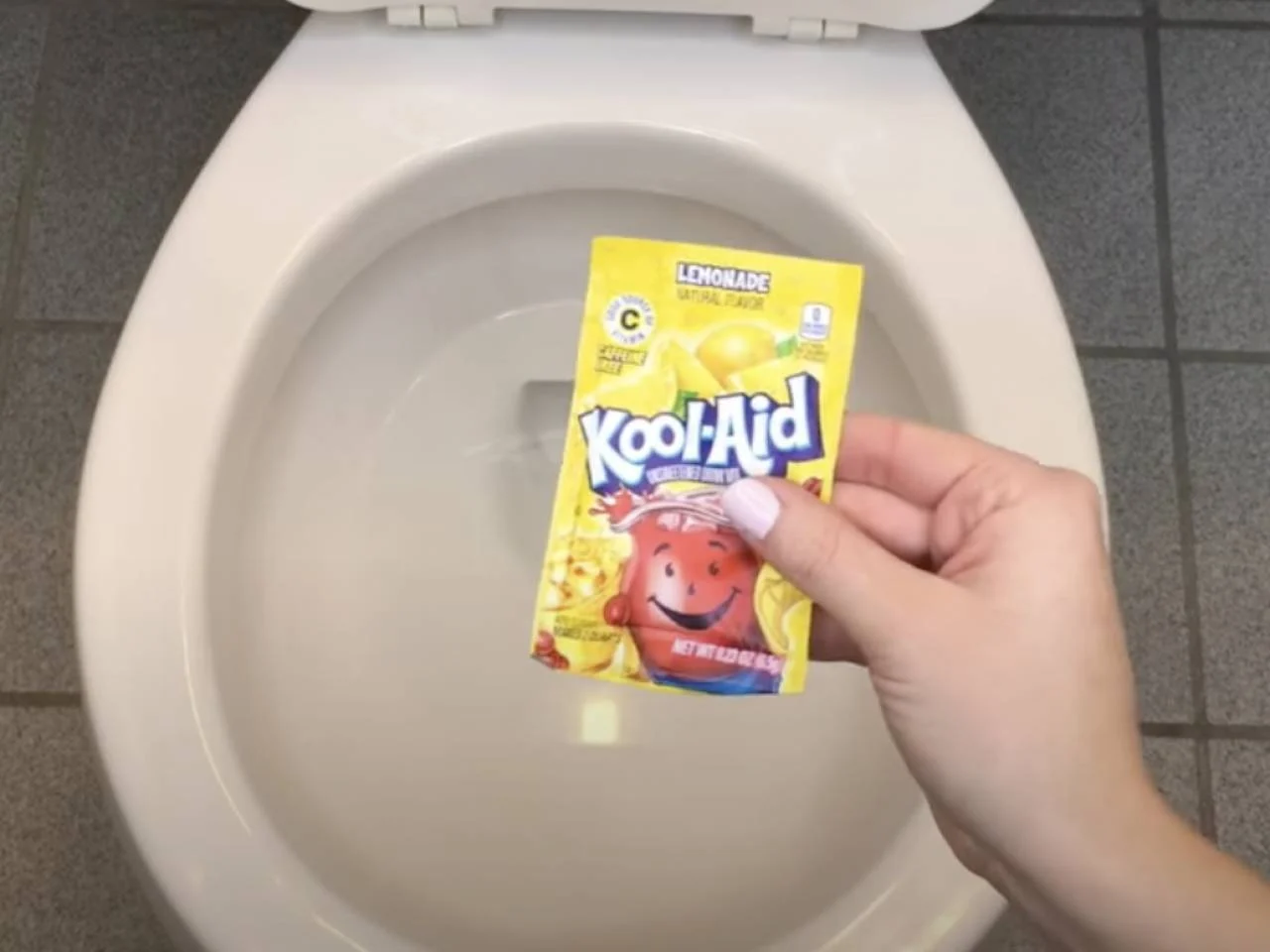
Hometalk / YouTube
Got any Kool-Aid packs stashed away in your kitchen cupboards? The brightly colored powders will prove surprisingly useful if you suspect your toilet tank might be leaking.
A leaky toilet tank can waste as much as 200 gallons of water per day, according to the Environmental Protection Agency.
Thankfully, the iconic drink mix can serve as a convenient substitute for the food coloring or dye commonly used to check for leaks. Pour one or more packets into the fill tank, then wait 30 minutes to see whether the color spreads to the toilet bowl.
16. Unclog drains with baking soda and salt
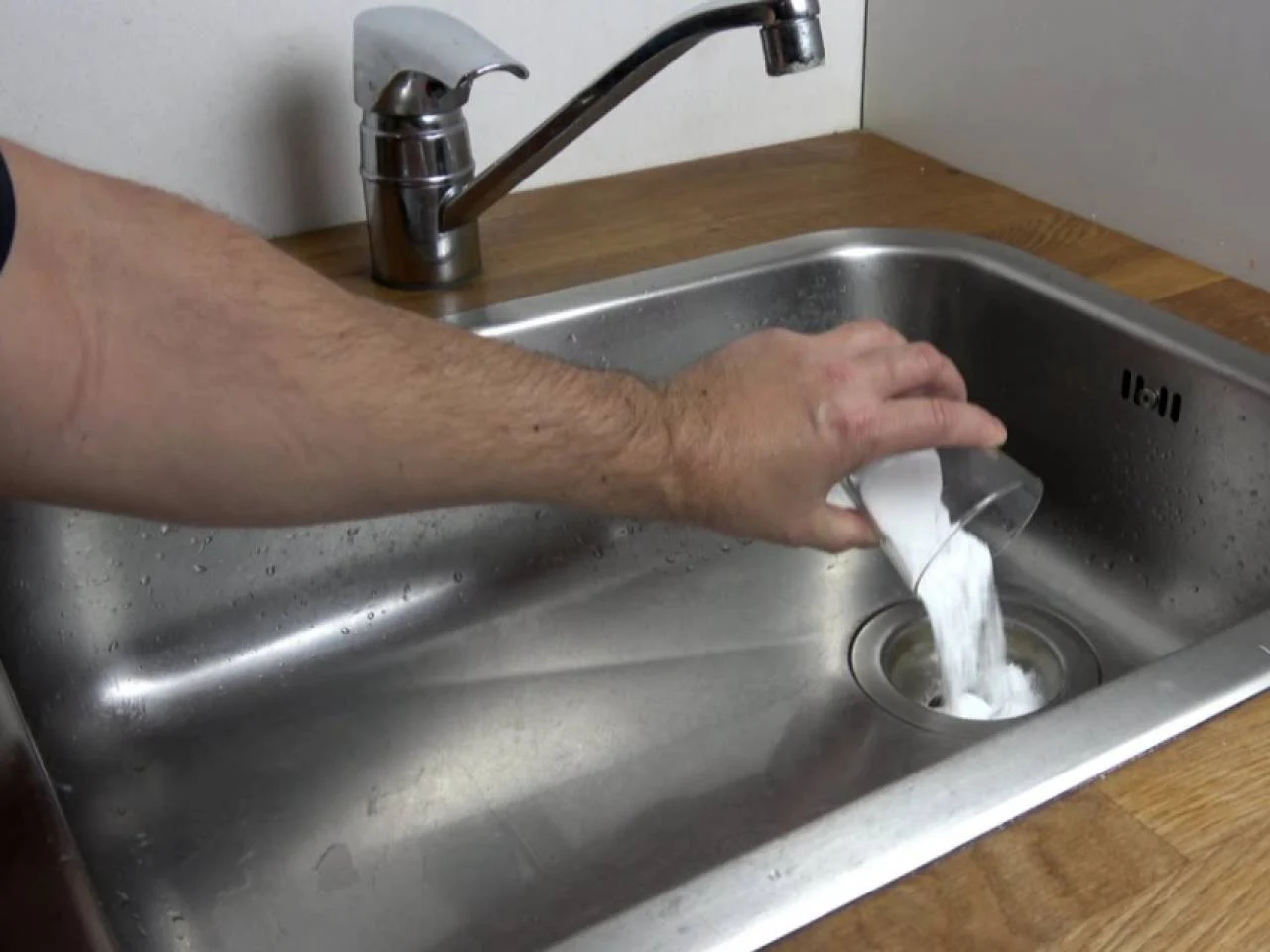 Trickious / YouTube
Trickious / YouTube
It’s never fun fishing gunk out of the drain, but it might be a necessity if you’re wary about ruining your pipes while dissolving debris with chemical cleaners.
Snap on those rubber gloves and pull out some baking essentials. According to Martens Plumbing & Heating, baking soda and salt are just as effective as liquid drain cleaners — but aren’t as damaging to your pipes.
Mix together 1/3 cup of baking soda and 1/3 cup of vinegar and pour it down the drain immediately as it’s fizzing. Let it sit for at least an hour, or overnight, and then flush the drain with hot water.
17. Clean cast iron pans with salted spud
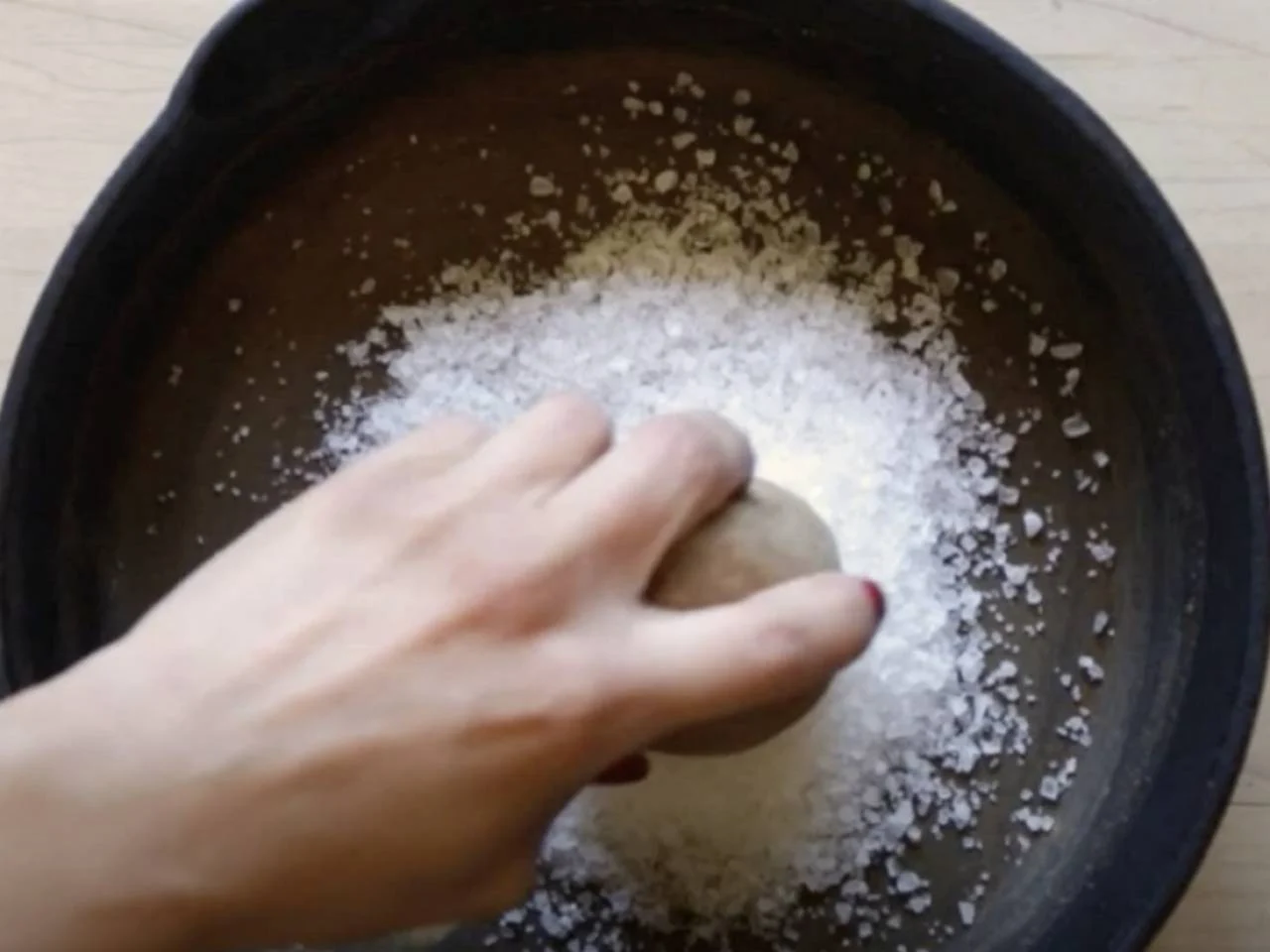 Women's useful tips / YouTube
Women's useful tips / YouTube
Cast iron pans are a versatile kitchen tool that you can use for anything from frying eggs to baking a cake. But they’re also notoriously difficult to clean, especially when you’ve got stubborn bits of burned food stuck to them.
The Home Depot recommends sprinkling coarse salt (kosher or sea salt) onto the pan, cutting a potato in half and using the cut side to scrub the salt over the pan surface and loosen any debris.
The home improvement company says the oxalic acid and moisture in the potato helps dissolve any rust or burned bits. It also advises against using harsh abrasives or scouring pads for everyday washes.
18. Throw used lemon wedges in the dishwasher
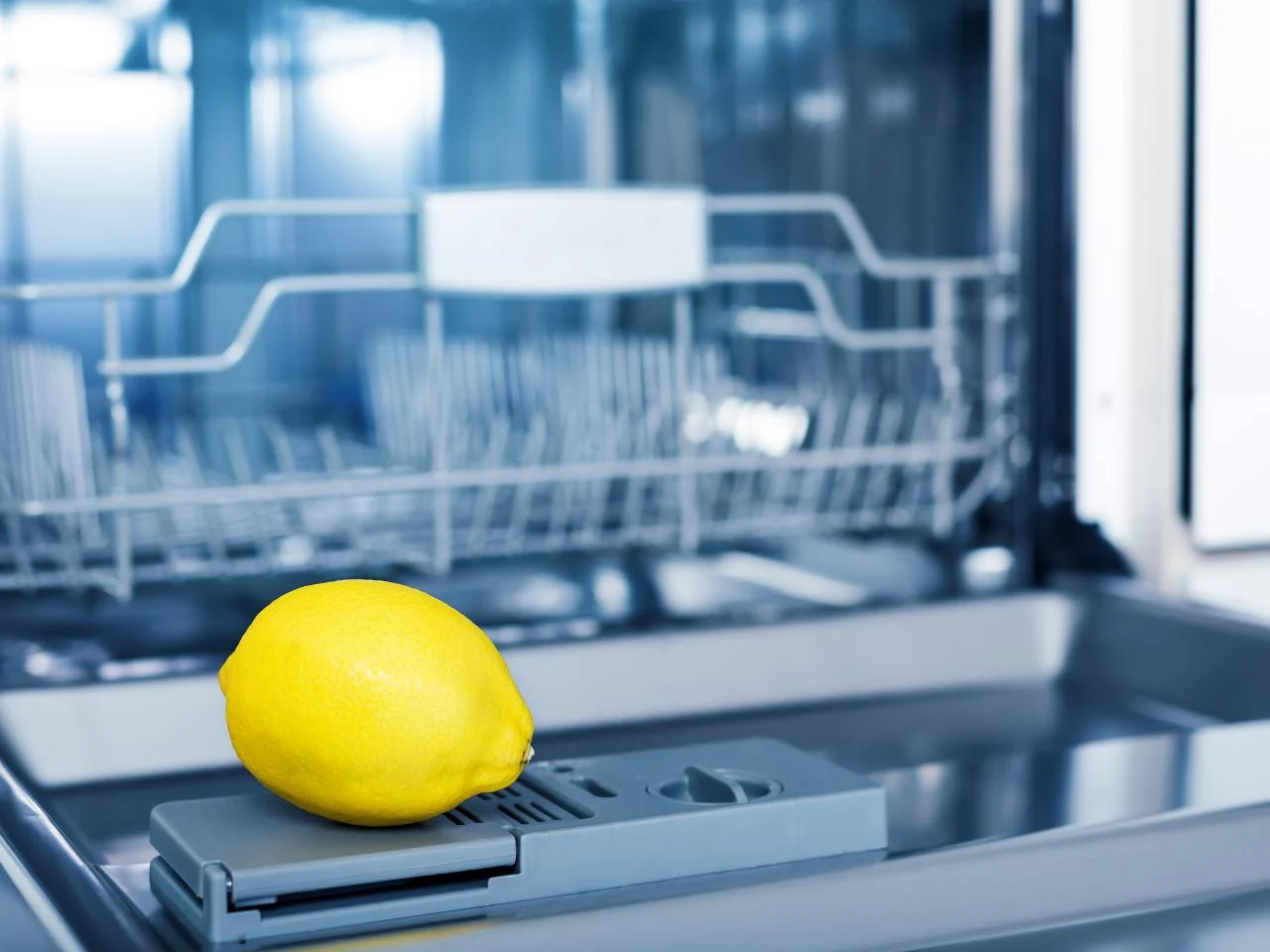 photopixel / Shutterstock
photopixel / Shutterstock
Instead of tossing your used lemon wedges straight into the compost, run them with your dirty dishes in the dishwasher first.
TikTok user @lidseyjrodriguez wowed viewers with her shiny glasses by simply popping a few used lemon wedges into the dishwasher and running a wash.
The Kitchn suggests placing your lemon rind on the top rack of your dishwasher, skewered on a plat wire or in the cutlery basket, and says even a juiced lemon wedge will work. The lemon imparts a light, fresh scent and leaves your dishes looking sparkly and clean.
19. Scrub your bathtub with dish soap and a broom
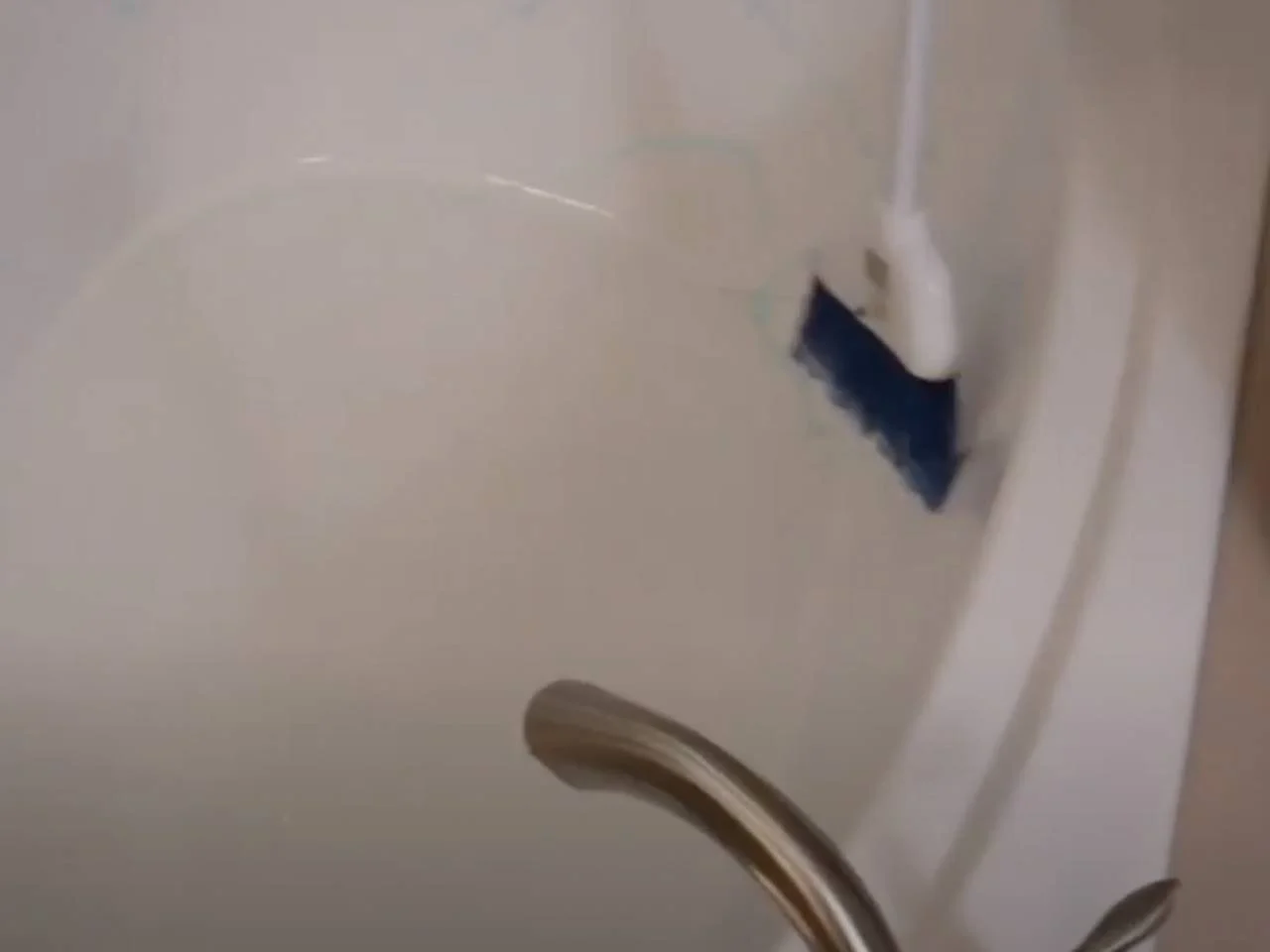 Clean Freak & Germaphobe / YouTube
Clean Freak & Germaphobe / YouTube
If Dawn’s good for tackling soap scum on your dishes and cutlery (and cleaning grease from baby birds, apparently) it only makes sense that it would work on other hard surfaces as well.
The Kitchn says to squirt some dish soap over your tub and grab a cleaning brush, or broom — you won’t have to bend as much, plus a broom covers big surfaces easily — and scrub away.
Once you’ve managed to banish all that grease and mildew, turn on the shower and rinse the surface clean.
20. Soak your toothbrush in hydrogen peroxide
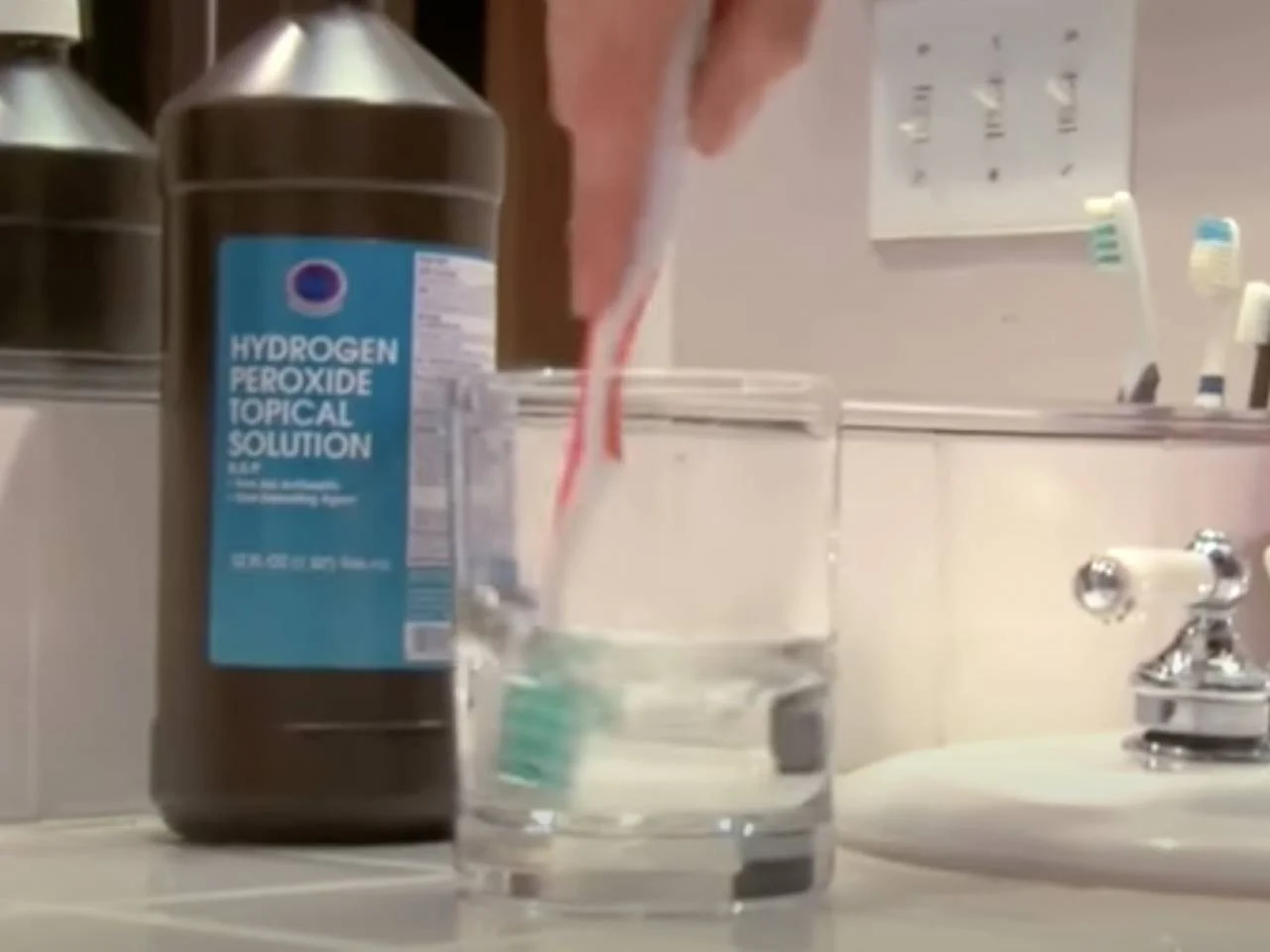 ToHealth / YouTube
ToHealth / YouTube
Hydrogen peroxide — a mild antiseptic typically used to clean small cuts and scrapes — also helps clean a number of home surfaces, like toilets, drains and tiles.
You can even use it to disinfect your toothbrush, claims ABC Compounding Pharmacy. Pour some 3% hydrogen peroxide solution into a container, enough so that it covers the toothbrush head when placed head first, and leave it to soak for five minutes.
Make sure to thoroughly rinse your brush afterwards and leave it to dry away from other toothbrushes and moisture. You can repeat this process once a week.
" } Process finished with exit code 0